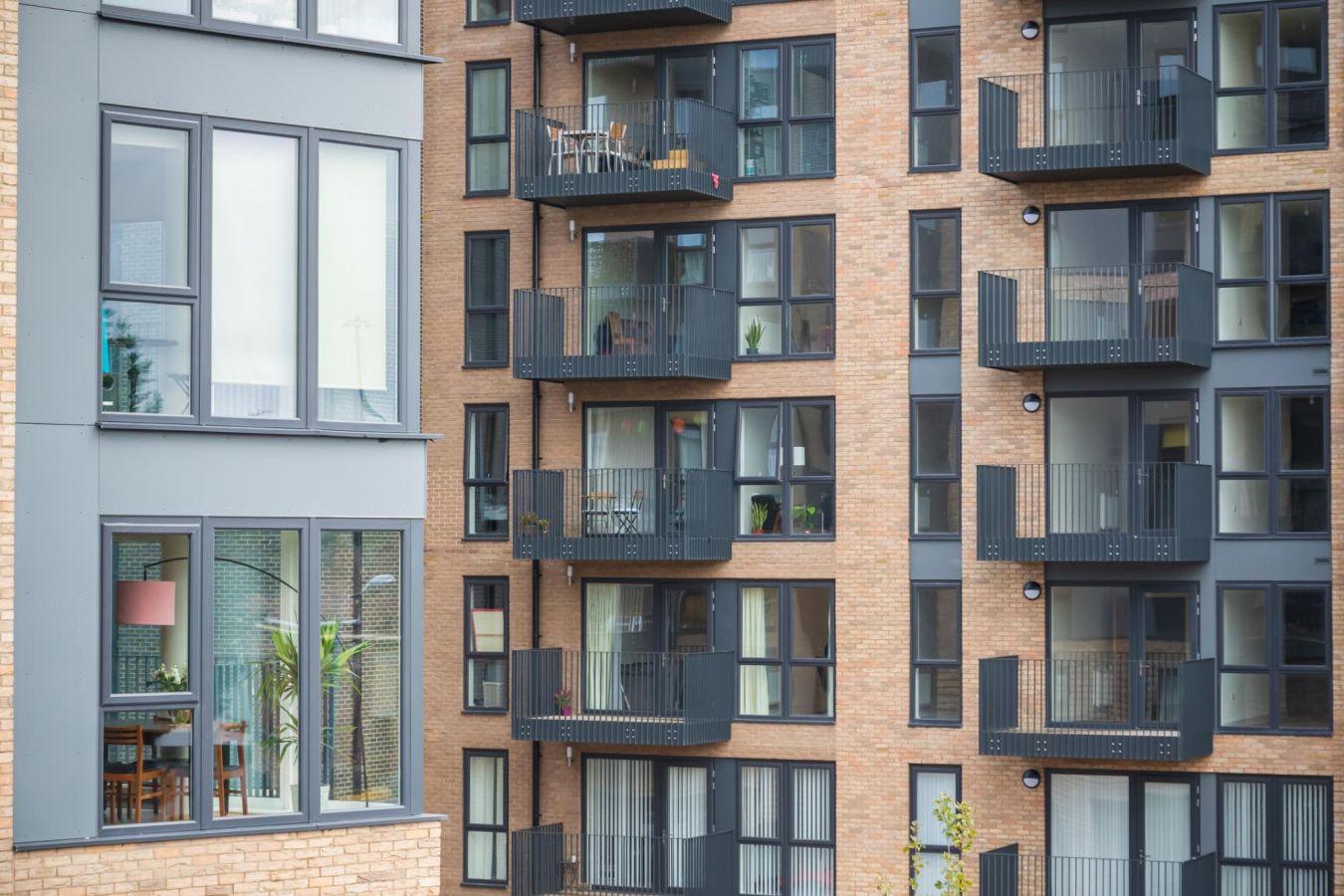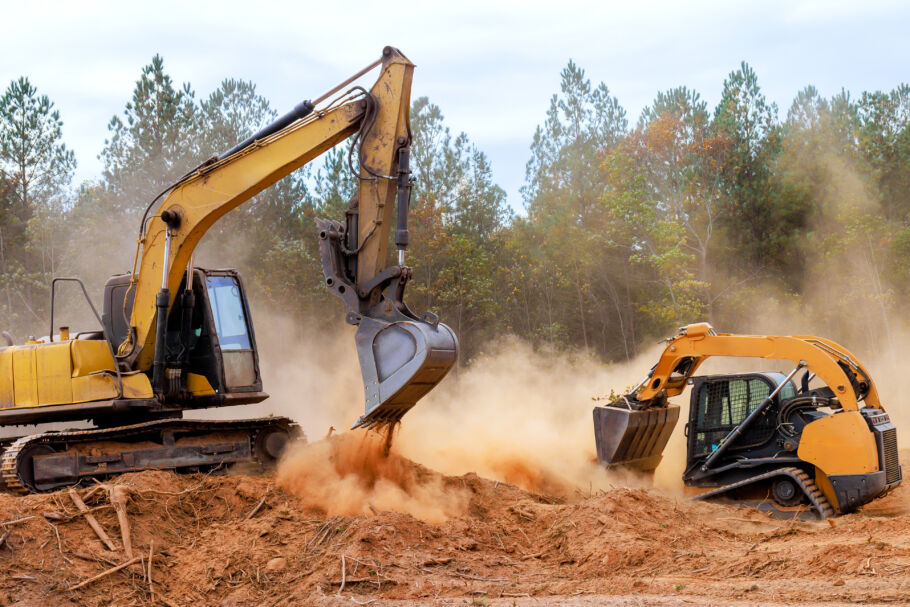
Contributors: Sarah Walker
Date published: 28 January 2022
Key changes under the Building Safety Bill 2021-22
The Building Safety Bill 2021-22
On 14 June 2017, a fire broke out in the Grenfell Tower block of flats in Kensington, West London. The fire claimed the lives of 72 people and injured more than 70 others, leading to the creation of groups such as the Grenfell Foundation. In response, the government commissioned an independent review to assess the way in which the construction, design and maintenance of buildings was regulated. The review identified a number of weaknesses and suggested relevant reforms. Following this review and further consultation, the UK Government published the Building Safety Bill (the Bill). The Bill has undergone several changes, and this article considers some key provisions of the Bill as it stands at January 2022.
Although the Bill will form part of the law of every jurisdiction which makes up the UK, its application and therefore its practical effect will be mostly limited to England. While many aspects of the Bill will automatically apply to Wales, the Bill grants the Welsh Government powers to implement a different regime to that applied in England, so it should not be assumed that the Welsh regime will mirror the English by the time the Bill is passed into law. We would advise those based in Scotland, Wales, and Northern Ireland to consult Annex A of the Bill which identifies the jurisdictional scope of every clause of the Bill and highlights where corresponding powers are held by devolved governments.
The new Building Safety Regulator
The Bill establishes the Health and Safety Executive as the new Building Safety Regulator (BSR), meaning that the BSR will operate effectively as a subdivision of the Health and Safety Executive. The main objectives of the BSR are to secure the safety of people in and around buildings, and to improve building standards. The Bill sets out that the three core functions of the BSR are to:
- implement the new regulatory regime for high risk buildings, to which we will return later;
- oversee the safety and performance of all buildings, which involves overseeing the performance of the building control sector, and understanding and advising on existing and emerging building standards and safety risks; and
- assist and encourage competence among those involved in the design, construction and maintenance of buildings.
In order to carry out these functions the BSR will be afforded powers of enforcement. It will be able to issue compliance notices which are effectively written warnings directing the recipient to comply with the relevant regulations. The BSR will also be able to issue stop notices by which work must be halted until serious non-compliance is addressed.
Additionally, the BSR will have the power to prosecute all offences in Parts 2 and 4 of the Bill, including the offence of intentionally obstructing an authorised officer carrying out a regulatory function, and of providing false or misleading information to the BSR. This function extends to offences under the Building Act 1984. Where an offence is committed by a corporate body with the consent or connivance of a director or manager, or is attributable to their neglect, they will be liable to prosecution in addition to the corporate body.
High risk buildings in the design and construction phase
The Bill proposes a regulatory regime that will apply to higher risk buildings. This regime will apply during the design and construction phase and also during the occupation phase. However, the test of whether a building is considered a higher risk building will differ according to which of these phases the building is in.
If the building is in the design and construction phase, it must be at least 18 metres in height or have at least seven storeys in order to be considered higher risk. The building will also have to meet further conditions that will be provided at a later date by secondary legislation. The current draft secondary legislation states that buildings with multiple residential units, care homes and hospitals will be considered higher risk, while temporary leisure establishments and military premises will not. It should be noted that the definition of ‘higher risk building’ has been one of the most controversial aspects of the Bill, and so this may be subject to change as the Bill passes through Parliament and indeed beyond that. If a building in the design and construction phase meets the definition of a higher risk building, it will be subject to new provisions proposed by the Bill. Among these is the introduction of a ‘dutyholder’ regime, whereby certain individuals involved in the commissioning, design, construction or refurbishment processes will be considered dutyholders and will have formal responsibilities for compliance with building regulations. This is intended to ensure that these individuals fully engage with the relevant regulations and do not treat them as a tick-box exercise.
The Bill also introduces a requirement to create, collate and share certain prescribed documents and information relating to the building. This must include information which provides an understanding of a building and of the steps needed to keep both the building and people safe, now and in the future. This is referred to as the ‘golden thread’ of information, to which certain individuals must be able to refer at any time. This provision recognises the scale and complexity of the design, construction, and maintenance of buildings of this nature, meaning steps must be taken to ensure that individuals are able to easily pick out vital information from the vast array of documents that will unavoidably accumulate.
High risk buildings in the occupation phase
As aforementioned, buildings in the occupation phase are subject to a different definition of ‘higher risk’ than those in the design and construction phase. A building in occupation is classified as high risk when it is at least 18 metres high or has at least seven storeys, and contains at least two residential units. The UK Government has also published draft regulations specifying that hospitals, care homes, temporary leisure establishments, and military premises will be excluded from the definition of higher risk buildings in occupation. Stakeholders have criticised the inclusion of height as a determinative factor of risk, stating that ‘fire does not discriminate’ and raising concerns that this focus could create a two-tier fire safety strategy. As above, it should be noted that the test for defining which buildings are higher risk has proven controversial and so is subject to change.
The Bill provides for the creation of two new roles in respect of higher risk buildings in occupation. The first of these roles is the ‘Accountable Person’. The Accountable Person is defined as the person who either has the legal estate in possession of, or is under a relevant repairing obligation for, any part of the common parts of the building. The Bill places a duty on an Accountable Person to:
- register the building with the BSR and obtain a Building Assessment Certificate before it is occupied;
- assess the building safety risks relating to their building;
- take all reasonable steps to prevent risks to the safety of the building; and
- limit the severity of any incident resulting from such risks.
They will be required to demonstrate that they are meeting their duties on an ongoing basis via the submission of reports and collation of a body of evidence.
An Accountable Person will be required to appoint a Building Safety Manager, which is the other new role introduced by the Bill. The main role of the Building Safety Manager is to support the Accountable Person in the day to day management of fire and structural safety in the building. An Accountable Person, if they are qualified and so wish, can carry out this role themselves.
Certain duties are also imposed on the residents and owners of residential units of high risk buildings in occupation. These include a duty not to interfere with safety equipment in the common parts of the building, and to comply with the requests of an Accountable Person insofar as they relate to maintaining the safety of the building.
A more controversial aspect is the new Building Safety Charge, which will apply to all leaseholders with leases over seven years or more in a high risk building in occupation. This charge will be payable regardless of whether the leaseholder is an owner-occupier or is leasing to a tenant. It is intended to cover the costs of complying with the new safety measures and will be charged in addition to service charge. The average monthly cost of this is currently predicted to be between £9 and £26. It will not be possible to contract out of or otherwise restrict this charge. Some stakeholders have voiced concerns that this will be used to pass the cost of remedying historic failures on to residents, when it should be used to fund the cost of future work. While residents are likely to support work which will make the buildings in which they live safer, they may draw a distinction between proactive work to increase the safety of the building, and work required to remedy historic failures which were not of their making.
Extending the limitation period for certain types of claim
Legal claims are subject to a limitation period, upon the expiry of which the claim becomes time barred and cannot be raised. If the Bill is passed in its current form, it will extend the limitation period for certain claims relating to building safety. The Bill makes provision in respect of two categories of claims.
The first relates to claims under the Defective Premises Act 1972 (DPA). Currently, the DPA allows a claim for negligence to be brought against those who carried out work on the original construction or conversion of a building. The Bill proposes to widen this to include those who have carried out work on an existing building, provided that work is done in the course of a business. The Bill will also extend the limitation period for such claims, and this will apply retrospectively.
To illustrate, a claim for a defect in a block of flats completed in 2010 would currently be time barred because the limitation period expired in 2016. However, if the Bill is passed in its current form, the limitation period will be retrospectively extended to 30 years, and so a claim could be raised until 2040. As this will apply retrospectively, the Bill includes some qualifiers to this, namely that a retrospective claim must be dismissed if it breaches a defendant’s human rights, and that a claim which has previously been dismissed cannot be revived simply because of this extended limitation period.
Nonetheless, this provision has faced criticism from a diverse range of stakeholders. The Royal Institute of British Architects has warned that this could lead to an avalanche of claims, and questioned whether the effect of this provision had been fully thought through. On the other hand, leaseholder groups consider that the lack of additional financial support to assist leaseholders renders the provision insufficient, and have criticised the government for divesting themselves of responsibility for remedying historic defects.
The second category relates to claims under the Building Act 1984 (BA). Section 38 of the BA allows a claim for compensation to be brought for physical damage caused by a breach of building regulations. Although approved by Parliament as part of the BA, Section 38 was never brought into force. The Bill proposes bringing Section 38 into force, and extending the limitation period for claims under this section from six years to 15 years. Unlike claims under the DPA, claims under Section 38 of the BA will only apply prospectively, to work done after the Bill comes into force.
What next for the Bill?
The current draft of the Bill runs to 218 pages and contains a number of provisions beyond those discussed in this article. Anyone wishing to review the most recently available Bill at time of writing should consult the explanatory notes.
The Bill is currently passing through the House of Lords, and will likely be subject to change before it is passed into law. Indeed, on 10 January 2022, the government announced that it intends to make further amendments to the Bill in order to ensure that the cost of replacing defective cladding will be funded by housing developers and not by leaseholders. At time of writing, the government intends to fund this through a levy on developers of high-rise buildings. This will apply in addition to the 4% tax on developers that was announced in this year’s budget.
The scale and number of amendments to the Bill seem to reflect in some part the recognition that a complete cultural shift in the design, construction, and maintenance of buildings is required to prevent tragedies such as Grenfell Tower. Whether the Bill brings about such a shift will, much like the final form of the Bill itself, remain to be seen.
For more information, please contact Sarah Walker, Senior Associate in our commercial disputes team, at sarah.walker@shepwedd.com, or your usual Shepherd and Wedderburn contact.
With additional reporting by Ross Simpson.
Contributors:
Sarah Walker
Director
To find out more contact us here
Sectors: Construction and Infrastructure, Real Estate and Infrastructure
















